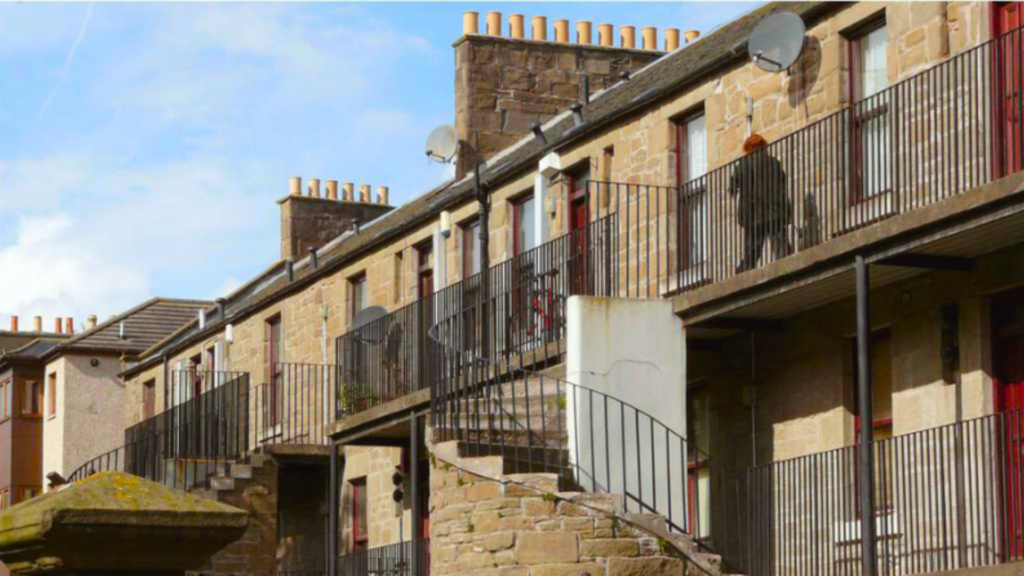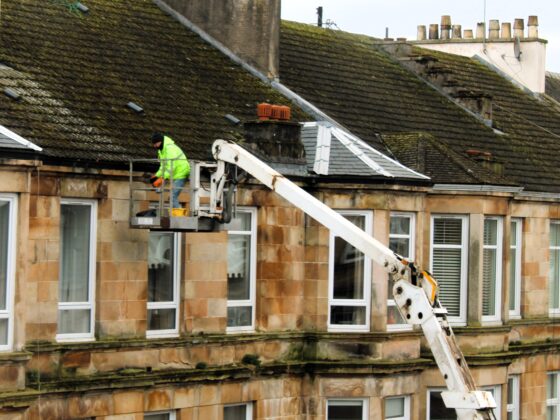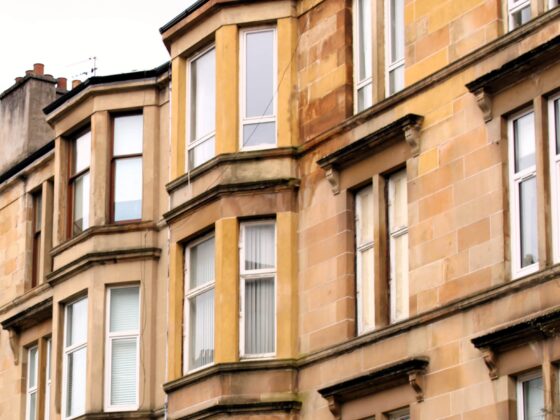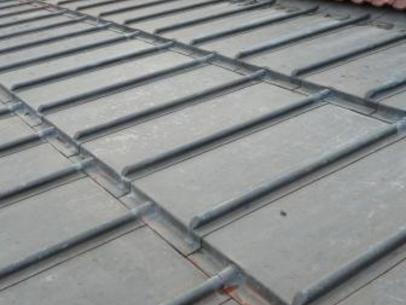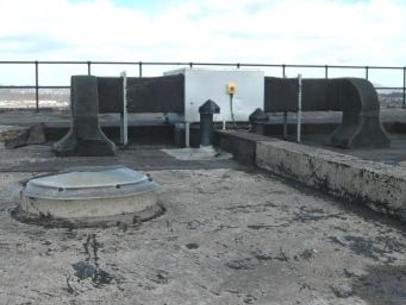Getting to know who the co-owners are in your building is important and it is good practice to have a list of their names and contact details.
If you don’t know who owns a flat in your building, then there are things you can do to find out.
Owner-occupiers
A simple way to contact your co-owners if they are owner-occupiers is to post a note through their door with your contact details, asking them to get in touch with you. If this doesn’t work, you can obtain a copy of the title sheet to the property from the Registers of Scotland, for a small fee. This document will tell you who the legal owner of the property is and their last known address at the time of the property purchase.
Landlords
If your co-owner is a landlord, you can search for their details on the Register of Private Landlords using their landlord registration number or the postcode of the rental property. Alternatively, you may be able to ask the tenants for the name of the flat owner. If the landlord uses a letting agent, the tenants may give you the letting agent’s details instead.
Factored building
If your building is factored, then your factor will hold information about your co-owners and may be able to pass on communication.
Empty home
If you think a flat in your building might be empty, it is beneficial to contact your council’s Empty Homes Officer if they have one. If not, you can contact the Scottish Empty Homes Partnership; who will be able to assist you with trying to find out who owns the property.
Know all your co-owners? Consider setting up an owners’ association
If you already know all your co-owners, it is good practice to set up an owners’ association. This doesn’t necessarily need to be a formal arrangement, simply having something like a group chat on Whatsapp can make communication and looking after your building easier.

